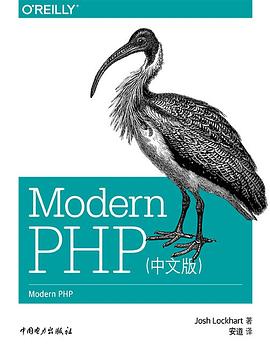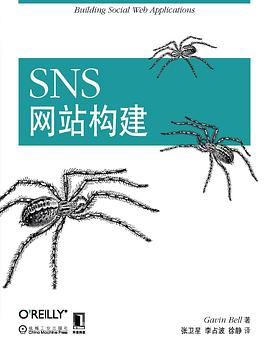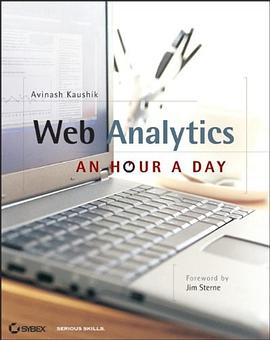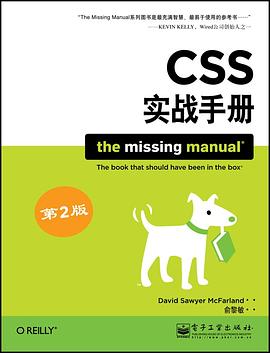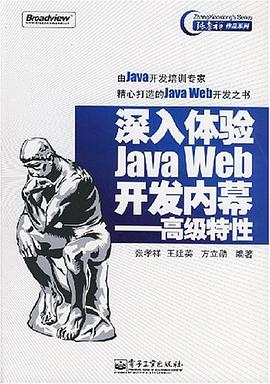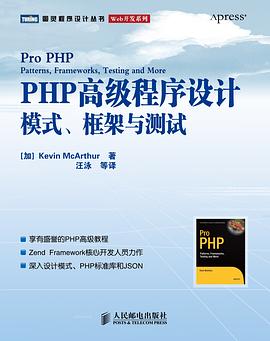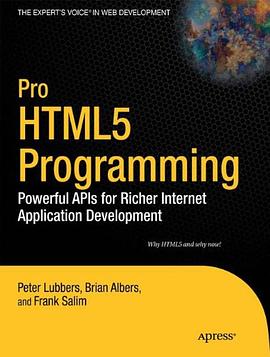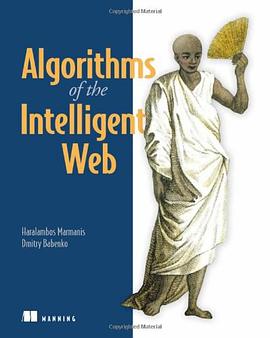

具体描述
Dr. Haralambos (Babis) Marmanis is a pioneer in the adoption of machine learning techniques for industrial solutions, and also a world expert in supply management. He has about twenty years of experience in developing professional software. Currently, he is the director of R&D and chief architect, for expense management solutions, at Emptoris, Inc. Babis holds a Ph.D. in applied mathematics from Brown University, an M.S. degree in theoretical and applied mechanics from the University of Illinois at Urbana-Champaign, and B.S. and M.S. degrees in civil engineering from the Aristotle University of Thessaloniki in Greece. He was the recipient of the Sigma Xi award for innovative research in 2000, and he is the author of numerous publications in peer-reviewed international scientific journals, conferences, and technical periodicals.
Dmitry Babenko is the lead for the data warehouse infrastructure at Emptoris, Inc. He is a software engineer and architect with 13 years of experience in the IT industry. He has designed and built a wide variety of applications and infrastructure frameworks for banking, insurance, supply-chain management, and business intelligence companies. He received a M.S. degree in computer science from Belarussian State University of Informatics and Radioelectronics.
Web 2.0 applications provide a rich user experience, but the parts you can't see are just as important-and impressive. They use powerful techniques to process information intelligently and offer features based on patterns and relationships in data. Algorithms of the Intelligent Web shows readers how to use the same techniques employed by household names like Google Ad Sense, Netflix, and Amazon to transform raw data into actionable information.
Algorithms of the Intelligent Web is an example-driven blueprint for creating applications that collect, analyze, and act on the massive quantities of data users leave in their wake as they use the web. Readers learn to build Netflix-style recommendation engines, and how to apply the same techniques to social-networking sites. See how click-trace analysis can result in smarter ad rotations. All the examples are designed both to be reused and to illustrate a general technique- an algorithm-that applies to a broad range of scenarios.
As they work through the book's many examples, readers learn about recommendation systems, search and ranking, automatic grouping of similar objects, classification of objects, forecasting models, and autonomous agents. They also become familiar with a large number of open-source libraries and SDKs, and freely available APIs from the hottest sites on the internet, such as Facebook, Google, eBay, and Yahoo.
用户评价
##Yooreeka-20130127 bsc.sh 里的配置文件加载包名跟lib里的都不一样, 而且就找不到 Yooreeka.jar 这个 请过来人指点~~~~~~~~~~~
评分##Yooreeka-20130127 bsc.sh 里的配置文件加载包名跟lib里的都不一样, 而且就找不到 Yooreeka.jar 这个 请过来人指点~~~~~~~~~~~
评分##说实话,这本书也就只够看看目录,如果还有其他的价值的话,可能因为是国外的书翻译过来的,本身有些参考文献和开源工具介绍还不错,权且看看机器学习和数据挖掘等智能算法的应用方式罢了。 如果真要深入研究其中的算法,我觉得还是找其他书吧,这本书对算法讲解...
评分 评分 评分##很不错,但是距离好的实现还是有一大段距离,摸索中前进吧。
评分##这种风格的书真心不是我的菜。
评分 评分相关图书
本站所有内容均为互联网搜索引擎提供的公开搜索信息,本站不存储任何数据与内容,任何内容与数据均与本站无关,如有需要请联系相关搜索引擎包括但不限于百度,google,bing,sogou 等
© 2025 book.qciss.net All Rights Reserved. 图书大百科 版权所有






